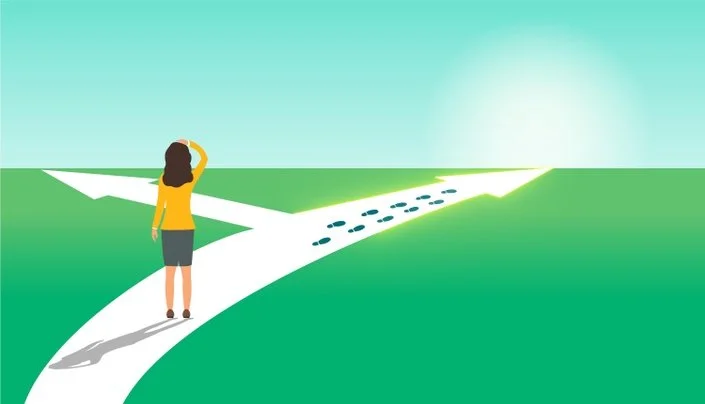The office is changing ... again.
/Since the mid-twentieth century the workplace has changed dramatically and not only because the purpose of the work changed, but because the means to do work changed, together with acknowledgments on how architecture can influence a pleasant and more productive environment .
Once upon a time there were clusters of small private office rooms, for few employees, and then large number of employees within corporations dictated the idea of open space with cubicles. This layout could still provide some privacy, which completely disappeared with the advent of large open spaces. At that time some research studies proved that we need to connect with others and that we create an internal model of the experience of those we come into contact with. Isolation couldn't help people to accomplish what groups of talented people might by pooling their knowledge, talents, insights and energy. .
A scene from "ALL president's men"
But going over limits has been proved being deleterious. There are times, in spite of the brain being a social organ, when collaboration is distinctly brain-unfriendly. The reasons are different. Think about negative emotion and how easily they can spread. Consider how much weaker personalities can feel overwhelmed by dominant ones. And what about the pre-existing issue on privacy ?
So, now, offices are changing again, and not only to solve the privacy issue, but to be aligned with the recent outcomes in behavioral and social psychology and cognitive science. If we consider creativity, and how much important this requisite is in finding out-of-the box solutions, we need to fit an office with isolated slots, in order to ensure creative - and often introverted - people be free from interruption or dissipation of energy on social matters which are unrelated to work. People engaged in creative works need freedom in managing their work schedule and, therefore, their work environment.
Tomoko, from: http://www.mottowasabi.com/
If previous workplace design relied on cutting-edge technology to tie it all together, now contemporary technologies work on opposite direction. New solutions allow a precise control of sound and light propagation even in space with no physical boundaries.
Fast and efficient wireless connection are making remote work easier and not just possible, so that people can attend meetings while at home or even during commuting. Once you experience flexibility at work you can't go back to a rigid frame anymore and this tendency is building up a different concept of work environment. Flexibility requires offices to offer multiple choices and provide private and individual solutions alternate with communal spaces, as there are times when people can and should collaborate productively and times when people should be wise enough to leave each other alone. Acknowledging that different personalities have different roles to play and allowing each one to get the appropriate environment, to utilize its talents, is critical for true innovation.
There is another important contribution by technology: improved wireless communication makes remote work possible so that people can attend meetings while being at home or even while commuting. So why not conceiving offices with smaller area than needed? There are companies that are shrinking spaces by reducing the footage per person and also reducing the number of desks, despite the actual number of employees. High rent is another important issue and some companies in New York are looking for creative ways to cut the costs, by promoting new concepts of co-working and even recurring to bartering. All strategies to help small and large firms to handle unstable economic situation, like starting a new business (the former) or facing tough economic times (the latter).
Besides a new philosophy of space planning is spreading. The recent product design let the end-user personalize objects and furniture, and choose geometry, finish, assembly to get personalized layouts. Some open-end solutions let the user perceiving his own affordance and decide his own way to use an object. Everybody can contribute to shape the environment and build up the identity of the brand he/she works for. Flexibility is he most important issue and not only to embrace a fluent, dynamic and partecipatory space concept, but also to foster a reduced discrimination of classes, by considering interchangeable working slots, where your desk will be somebody's desk in the future and vice versa. Employees involved in creating their work environment and dealing with less hierarchical issues are more likely to be happy, as they can identify themselves with the culture of the organization, and not just follow unwritten codes or rules.
Image from linkedin
Good mood is a requirement for being more productive, and, although this is a quality very difficult to measure, it does effect efficiency and efficacy of production (intellectual and not). Architecture and interior design contribute a lot to get these results, but they have to accomplish a very delicate job, that is to say consistency with the real policy of the firm. No spacial concept can get positive accomplishment in well-being and productivity if there are bosses, and not leaders, at the top of the system.


















